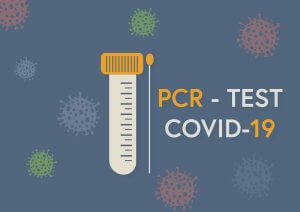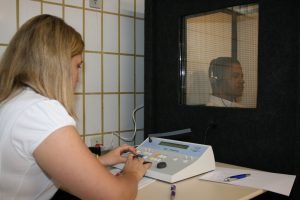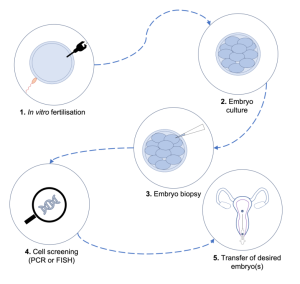Overview
A CT scan is a very useful diagnostic procedure which provides us with high quality and detailed image of different parts of our body. It is very efficient in detecting trauma, injuries, and other abnormalities in different parts of the body. For instance, presence of tumours, internal bleeding, or inflammation of a certain tissue. CT scan is also known as CAT scan, which refers computed axial tomography
A CT scan refers to computed tomographic scan. It means that the CT scan comprises of X-rays and computer which together work to produce a 3D image of soft tissues and bones. CT scanner throws X-rays at you from numerous different angles and gathers it on the other end. These repeated X-rays with the help of a special computer show very thin slices of your bones and tissues. This will help your doctor to examine your tissues in detail.
In this article we will learn about the CT scans, its procedure along with its diagnostic value in the industry of radiology.
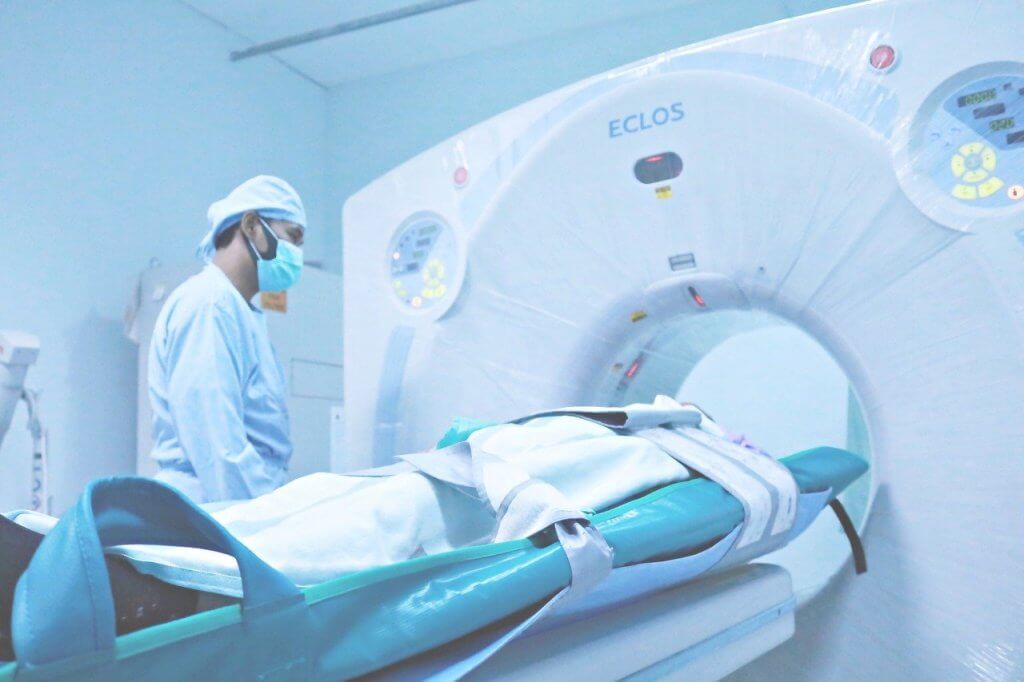
CT Scan with Contrast
In radiological procedures, sometimes, a contrast agent is used. This contrast media or agent is usually a dye that helps improve the detailing and quality of the image by highlight certain structures in your body. The patient is usually given these dyes orally or by injecting a dye intravenously (in blood).
Indication
Computed tomography is a very accurate investigating tool that can provide with rapid diagnostic results. CT scans are useful in accessing organs of the body that are not accessible by other imaging techniques (e.g., ultrasound). These organs can be in different cavities including the skull, thorax, abdomen, and pelvis. In a nutshell CT scan can be indicated for several different reasons:
- Acute head trauma (injury)
- Suspicion of subarachnoid haemorrhage
- Ureteric calculus
- Acute spine injury especially in the neck region
- Acute appendicitis (inflamed appendix) in non-pregnant patients.
- Persistent vomiting
- A Glasgow Coma Scale score less than 13 – this is a scale use to assess your brain health usually after an injury or accident
- Post-traumatic seizures
- Focal neurological deficit
Risk of Procedure
CT scan is basically X-rays thrown at you. In other words, you’re exposed to ionizing radiations for a little while. These ionising radiations are relatively more intense than a usual X-ray and they may pose a threat of getting cancer. However, in most cases the benefits of CT scan outweigh any small risks that they have.
Also, with advancements in technology newer low-dose CT scans are available which reduce the risks of ionizing.
Although CT scans are safe for your unborn baby, these scans are usually not recommended if you’re pregnant. You might be prescribed other forms of radiological procedure such as an MRI or an ultrasound.
In case if a contrast is used, you might rarely get an allergic reaction. These reactions usually present as a rash and itching. You should tell your doctor if you ever had any previous allergic reaction from a contrast agent.
Preparation
Preparation depends on the part of your body needs to be scanned. You may be asked to:
- Change into a hospital gown
- Remove all metal objects, including belt, jewellery, watches, eyeglasses, any other electrical device
- Refrain from eating or drinking for a few hours before your scan
Preparation for contrast CT scan may be different as you would need a dye to highlight the specific areas or tissues of your body. The contrast material tends to concentrate the x-rays in it and appears white on the CT image.
Contrast material might be administered in the following ways:
- Orally – if your oesophagus or stomach needs to be scanned your doctor or radiologist would ask you to swallow a liquid that contains a contrast material.
- Intravenous – your doctor would inject the contrast media directly through a vein in your arm. Injected contrast material IV would help highlight your urinary tract, gallbladder, liver, or blood vessels. This procedure is particularly used to carry out CT angiography; a procedure which helps scan your blood vessels.
- Enema – enema is tool that helps you deliver the contrast material via rectum which helps to visualise your intestines. This procedure might make you feel bloated and uncomfortable.
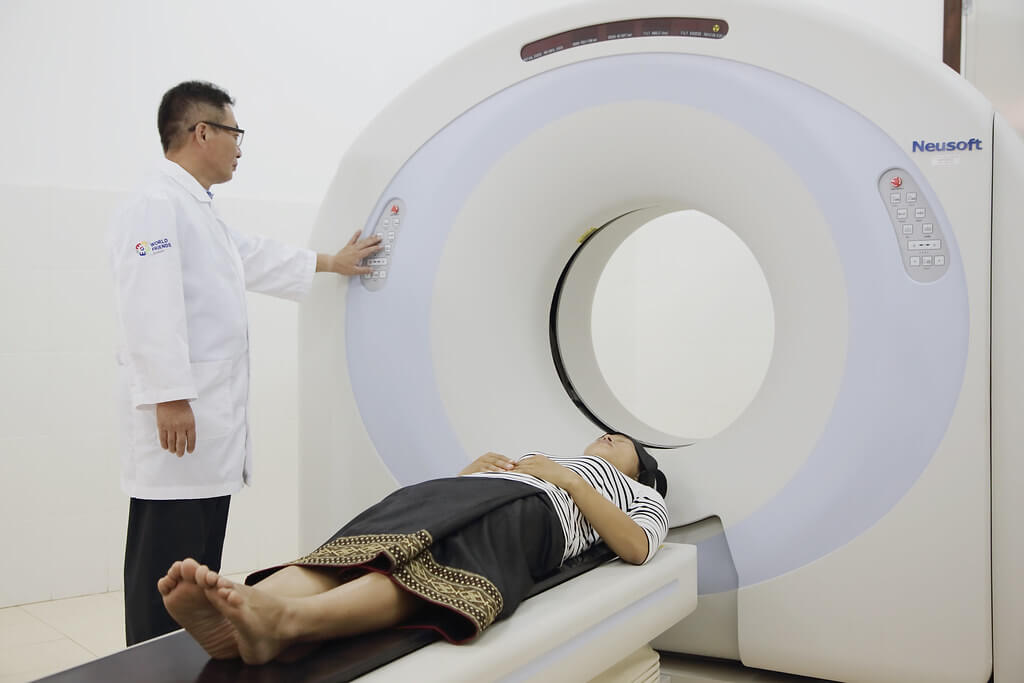
Preparing Children for a CT Scan
In case of infants or toddlers, the doctor might sedate them in order to limit their movement during the procedure. Any movement can potentially blur the CT image producing an inaccurate result.
Procedure
The procedure of the CT scan is simple. CT scanner look like a large doughnut surrounding a flat table for you to lay in. CT scans are painless procedures and usually take around 30 minutes in total.
You would be required to lie on a flat table which slides gradually under the scanner or the tunnel. You might be strapped around in order to stay in place. As the table moves in the tunnel the CT scanner would simultaneously emit X-rays and catch them on the other end.
A radiologist or technician would be sitting in a separate room controlling the lying table and the computer which will be drawing the image. You may be asked to hold your breath periodically in order to avoid blurring.
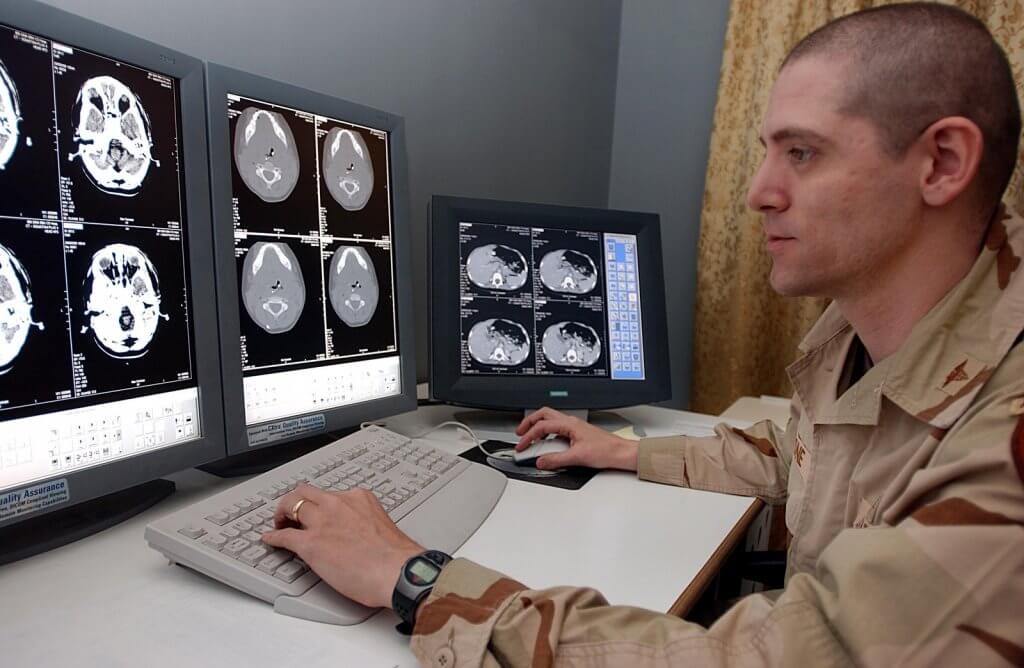
Patient Recovery and Results
In case of a simple CT scan, you can go back and carry out your daily activities. However, in case of contrast CT scan you might be ask to stay for a while in order to ensure that you’re well. Also, you would be advised to drink a lot of fluids to excrete the contrast agent out of your body.
CT scan images are stored as soft copies and visualized in computers. A radiologist would then interpret the scans and let you know the results.
- Radiation-emitting products: Computed tomography (CT). U.S. Food and Drug Administration. http://www.fda.gov/Radiation-EmittingProducts/RadiationEmittingProductsandProcedures/MedicalImaging/MedicalX-Rays/ucm115317.htm. Accessed Jan. 19, 2018.
- Lee C, et al. Radiation-related risks of imaging. https://www.uptodate.com/contents/search. Accessed Jan. 19, 2018.
- Computed tomography (CT) – Body. Radiological Society of North America. https://www.radiologyinfo.org/en/info.cfm?pg=bodyct. Accessed Feb. 1, 2018.
- McCollough C, et al. Answers to common questions about the use and safety of CT scans. Mayo Clinic Proceedings. 2015;90:1380.
- ACR-SPR practice parameter for imaging pregnant or potentially pregnant adolescents and women with ionizing radiation. Reston, Va.: American College of Radiology. https://www.acr.org/-/media/ACR/Files/Practice-Parameters/pregnant-pts.pdf. Accessed Jan. 19, 2018.
- Thomson JEM, Tingey DRC (1997) Radiation doses from computed tomography in Australia, ARL/TR 123
- American Cancer Society. Accessed 11/1/2020.CT Scan for Cancer.(https://www.cancer.org/treatment/understanding-your-diagnosis/tests/ct-scan-for-cancer.html)
The content shared in the Health Literacy Hub website is provided for informational purposes only and it is not intended to replace advice, diagnosis, or treatment offered by qualified medical professionals in your State or Country. Readers are encouraged to confirm the information provided with other sources, and to seek the advice of a qualified medical practitioner with any question they may have regarding their health. The Health Literacy Hub is not liable for any direct or indirect consequence arising from the application of the material provided.

